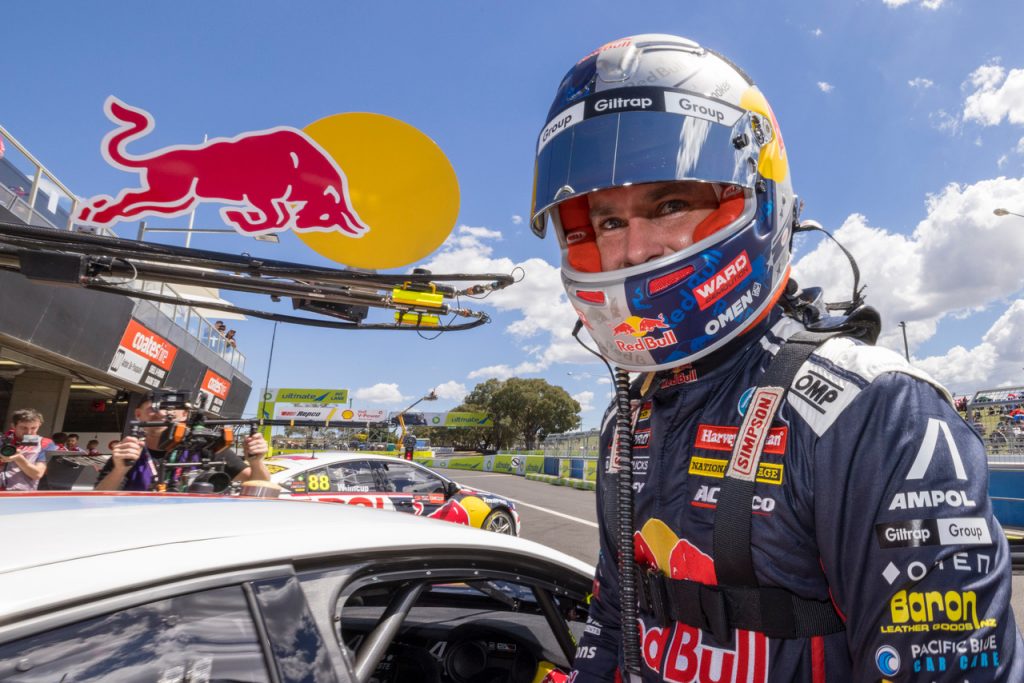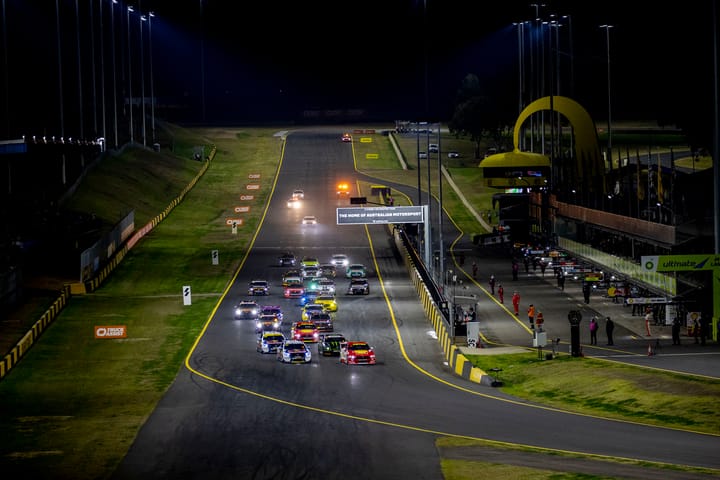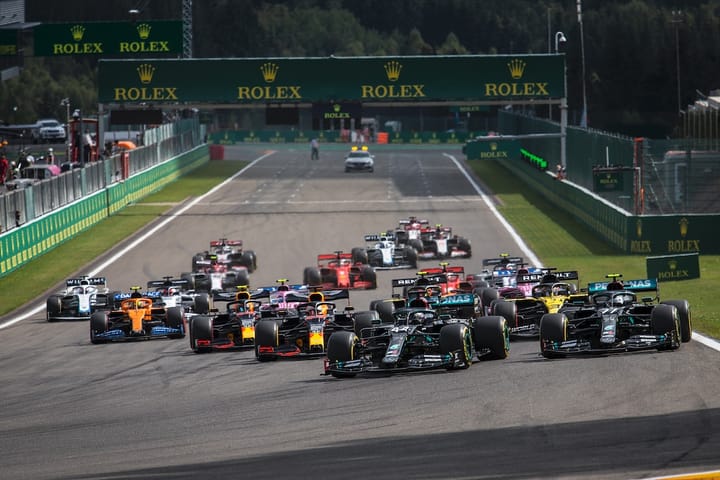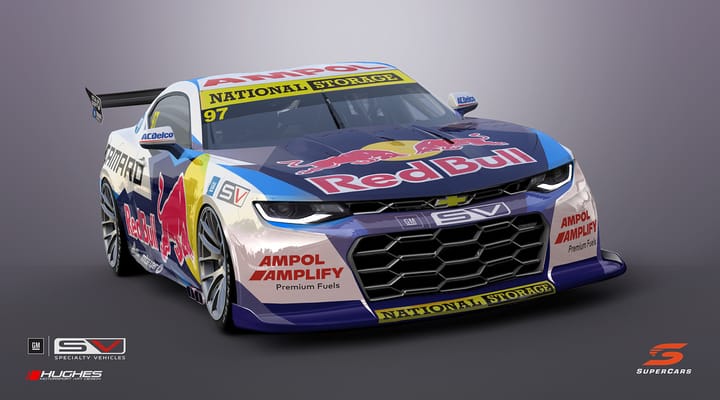Brake Drama In Supercars
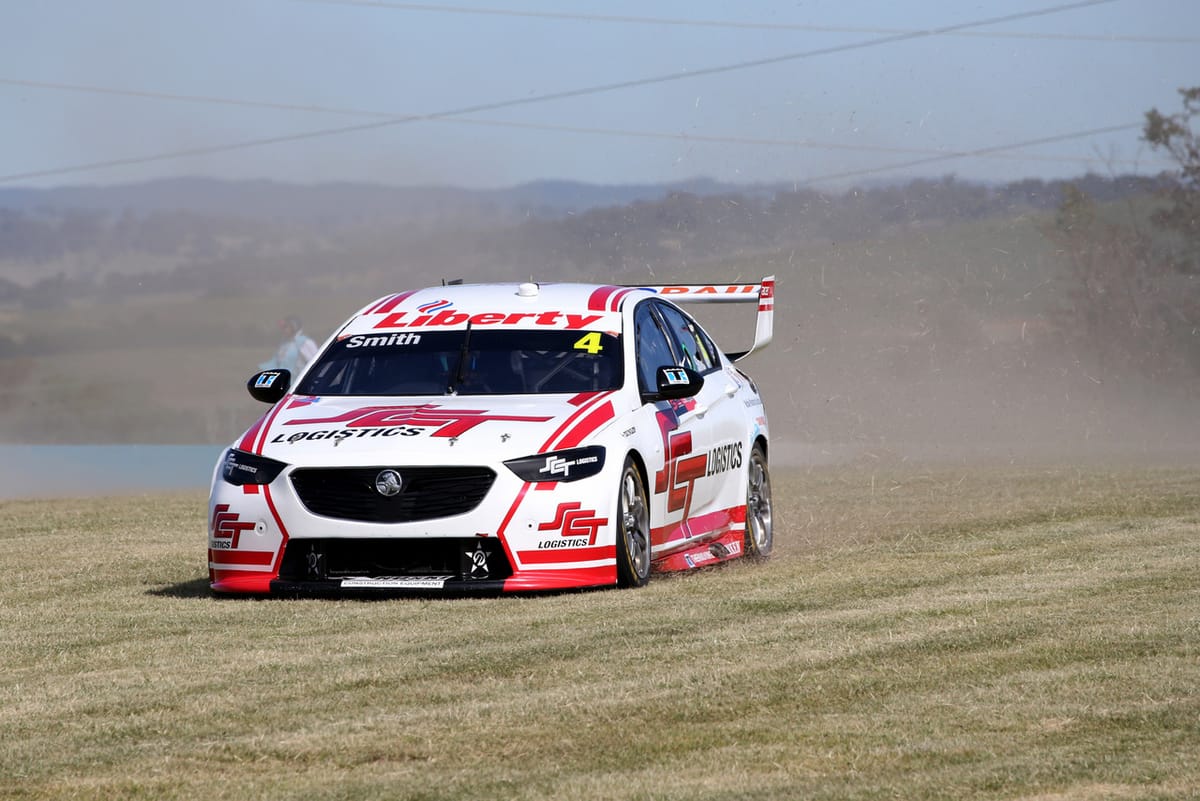
The lights are going out in Supercars and some drivers are not happy about it.
A rule tweak has removed the early warning system for brake lock-ups, as well as excessive wheel-spin, leaving drivers with a smaller technical safety net for quick and consistent laps.
It resulted in a string of off-track excursions and plenty of tortured tyres during the Mount Panorama 500 meeting.
There is still a single light and an audible warning for brake lock-ups, but the technical crack-down is part of the ongoing moves to put drivers ahead of engineers in Supercars.
The first big complaint about the change came from Shane van Gisbergen, but David Reynolds was also unhappy about the move.
“There are some things we don’t have. Braking is where I am suffering,” van Gisbergen said.
“It’s making things tougher. That’s for sure,” said Reynolds.
But the drivers are getting no sympathy from Supercars technical chief, Adrian Burgess.
“Our job is to try and keep it simple, and keep teams healthy, without everything becoming engineering masturbation,” he told Race News.
“I understand the drivers’ comments, but we want to go back to something more natural. We want the driver to have the feel, and not rely on the technology.
“We’ve said they can still have the lights, but only one alarm. We’ve done that with a lot of things, for wheel-spin, lights coming on in the run into the pitlane coming down to the 40km/h limit.”
Burgess said the problem tracks back to the technology in the cars’ cabins and the number of engineers now looking for tiny gains in Supercars.
“At the end of the day, what’s driven this is the complexity in the dashboard. And it’s got out of control. There are people tweaking this after every session. It’s a full-time job just tweaking the dashboard.
“Some drivers were having prompts to move the brake bias or roll-bar setting before every corner.”
Van Gisbergen admitted he is missing the assistance from the braking lights at the start of the new season, sometimes suffering from major front-wheel lock-ups at Bathurst.
“There are a few niceties we don’t have. The pre-lock light comes on and I’m not reacting in the right way,” he said.
“I normally like to turn-in with the light on. Braking is where I was struggling. I was looking in the mirror and seeing a bushfire behind me.
“But it is what it is. And I have to adjust.”
For Reynolds, braking is a problem but he has no trouble with limiting lights for wheel-spin.
“If you cannot tell when the back end is lighting up then you shouldn’t be out there,” he told Race News.
Burgess believes that the emphasis on engineering got out of hand last year, as teams that had limited numbers of crew in the pitlane during Covid restrictions moved to ‘Mission Control’ operations at their race bases.
“At one point a car was stopped from being pushed into the pitlane because someone back at base had not given the OK,” he said.
“The world is getting smarter, and these guys are getting smarter and smarter. And they are looking at the performance gains.
“Really, we’re just taking them back a few years and simplifying it. So we don’t have to rely on huge teams. We wanted to limit them having a Mission Control off-site.”
He believes the drivers and teams will adjust quickly, particularly in the lead-up to the technical overhaul with the Gen3 cars in 2022.
“Last year we had comments about the control damper, but after two races they had forgotten about it.
“We’re comfortable with what we’ve done. We’ve just changed their job a little bit. It’s old school.”
